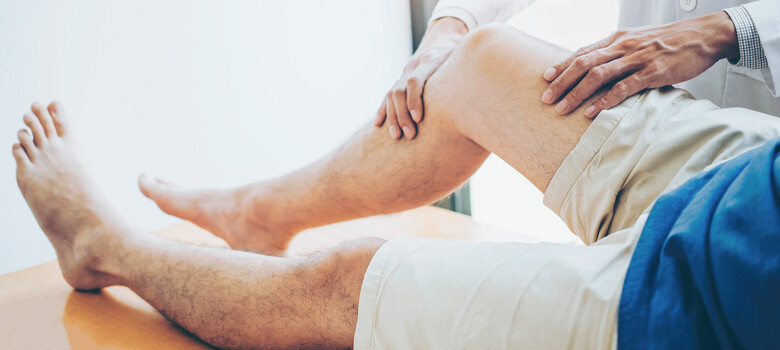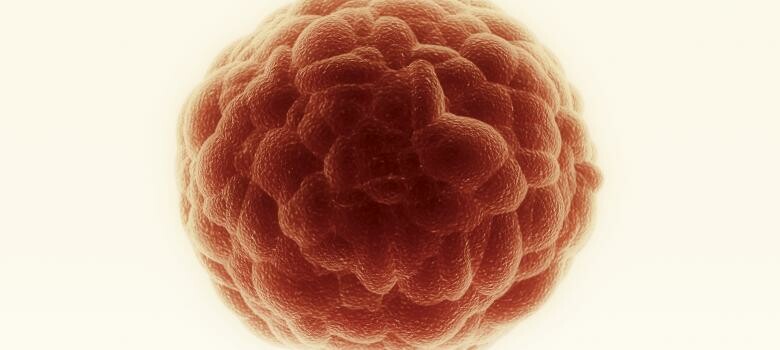What Is Lymphedema?
The lymphatic system plays a vital role in your immune system by circulating lymph fluid -- made up of bacteria-fighting white blood cells, proteins, and other substances -- throughout your body. Lymph fluid (also called interstitial fluid) that cannot flow freely may back up, which can cause pain and uncontrolled swelling (also called edema). Lymphedema can be treated but not cured. Left untreated, lymphedema can cause painful skin problems, disability, and life-threatening infections.
Types of Lymphedema
There are two types of lymphedema.
- Primary lymphedema is genetic and uncommon.
- Secondary lymphedema can result when the lymphatic system is altered due to injury, infection, or problems with major organs. It may occur after breast cancer treatment, including lymph node removal, radiation therapy, or chemotherapy. Lymphedema most often manifests in the arms and legs.


